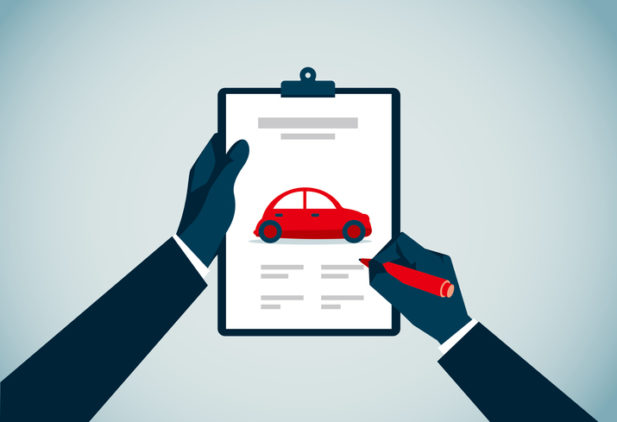Unintentional Auto Insurance Fraud – How It Happens, How To Prevent It

Buying car insurance is not fun, nor is it remotely rewarding in any way. Most of us require some gentle arm twisting from the Ministry of Transportation to do it (you can’t get your vehicle registered without it).
Typically, car insurance gets arranged, payment is set up, and it is then promptly forgotten about. It then stays forgotten about for all but those unfortunate individuals who get involved in accidents. However, this set-it-and-forget-it attitude is risky.
Insurance companies issue policies for coverage. The coverage is for both a defence if you get sued (i.e. the cost of a lawyer) and indemnification (i.e. paying what you owe, to a limit, to the injured party).
Policies are issued in exchange for a premium. The price of the premium is determined based on the insurance company’s assessment of risk; that is, how likely you or your vehicle are to be involved in an accident given your specific circumstances. That is the basis of your contract with the insurance company.
If your circumstances change after the policy is set up, and the insurance company is not aware, then the premium they are charging you is no longer reflective of the risk they are insuring. And, if an accident happens during this period, the insurance company may choose to deny coverage because it is not what they contracted for.
There does not have to be outright insurance fraud – like the construction worker collecting compensation benefits who gets caught shingling his house, or the failing restaurant that mysteriously burns down 3 days after the owner’s 65th birthday – for an insurance company to deny coverage. All it takes is a failure to make the insurance company aware of material changes in circumstances.
A “material change in circumstances” is anything affecting the amount of the premium. What affects the amount of the premium: who is driving the car, how often, and for what purpose. Keeping your insurance company abreast of these three things goes a long way to keeping your coverage intact and there when you need it.
For example, if your daughter turns 16 and gets her driver’s license, let your insurance company know there is now someone else in the household who has occasional access to your vehicle. If she goes off to university and takes one of the family cars with her, let your insurance company know she is now a regular instead of occasional driver and the primary driving area has changed. And, if she takes on a part-time job like delivering pizza or being an Uber driver, you better let your insurance company know that, too.
Will the foregoing raise your premium? Absolutely – but not doing it to save money is penny-wise and pound-foolish. You save a few hundred dollars a year at the cost of voiding the policy you have already spent a couple thousand dollars a year for. Further, it could put all of your personal assets (i.e. your house, your salary) in jeopardy as those may be used to pay the injured party in the absence of an indemnifying policy.
The bottom line is, if you are going to have insurance (and you are required to), then you best make sure you have insurance that provides coverage when you need it.
